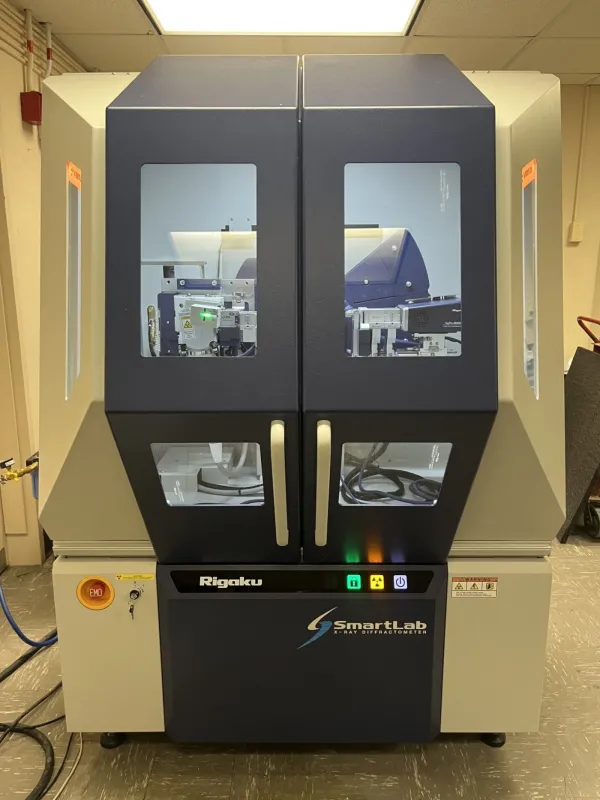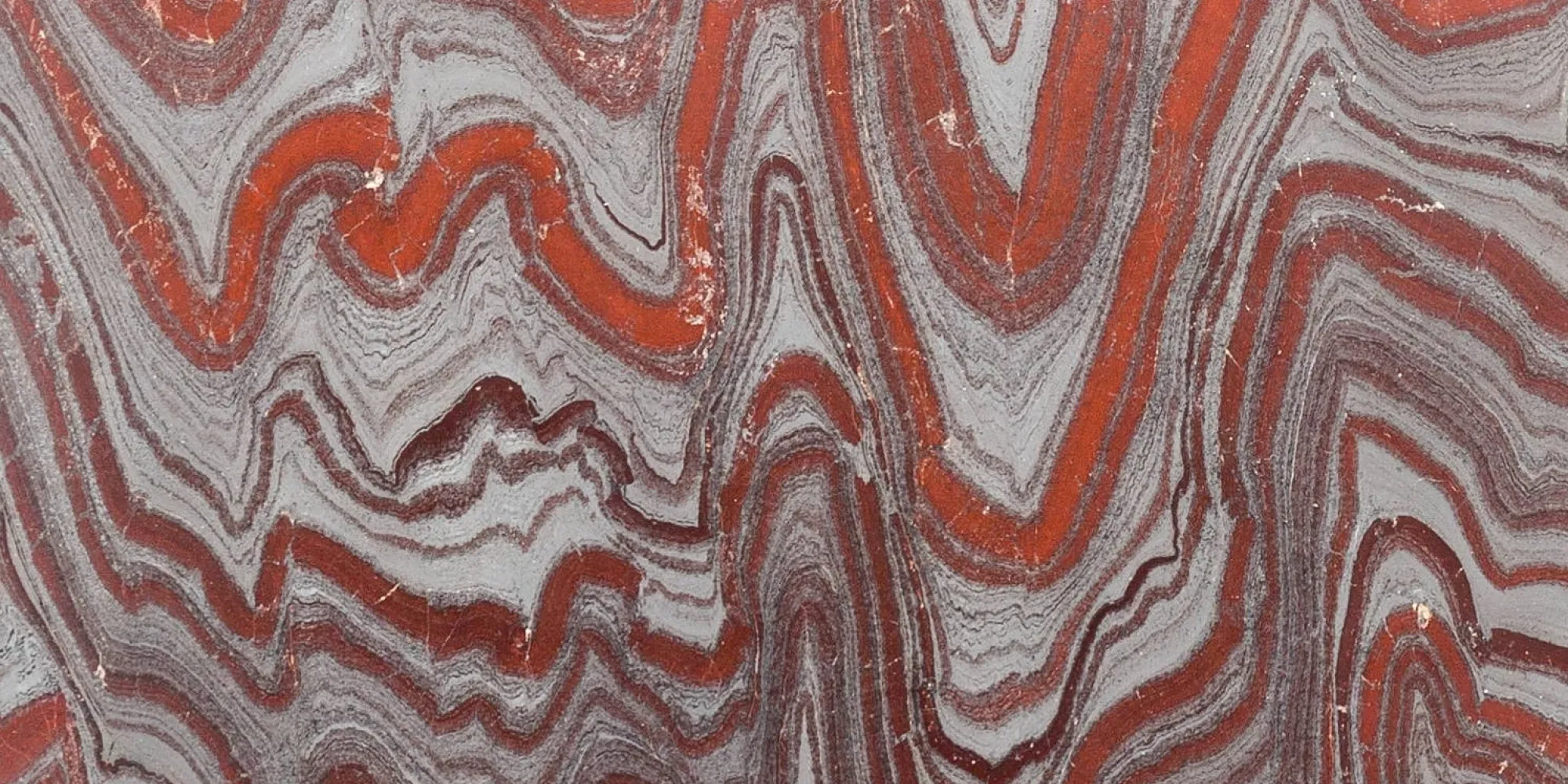
Search

Rigaku X-Ray Diffractometers

About
X-ray diffraction is the definitive method for identifying minerals and other crystalline materials. X-rays are diffracted by the regular three-dimensional arrangements of atoms in crystals, and the resulting diffraction patterns are recorded by an imaging plate or other detector. A diffraction pattern is diagnostic for a particular material, and can be used as a “fingerprint” for its identification. The diffraction patterns are compared against those in a computerized database to find a match. Additionally, X-ray diffraction can be used to determine unit-cell parameters and other structural details, and for quantitative analyses of mixtures of minerals and other crystalline phases.
Features & Capabilities
The X-ray diffraction lab in the Department of Mineral Sciences includes Rigaku D/MAX Rapid and Rigaku SmartLab microdiffractometers.
- An imaging plate detector on the D/Max Rapid allows users to collect powder diffraction data from powdered samples, aggregates, or single crystals.
- The new SmartLab instrument is an automated multipurpose X‑ray diffractometer with guidance software to accommodate many different kinds of samples. It is equipped with a HyPix-3000 detector and capable of using Mo or Cu X-rays.